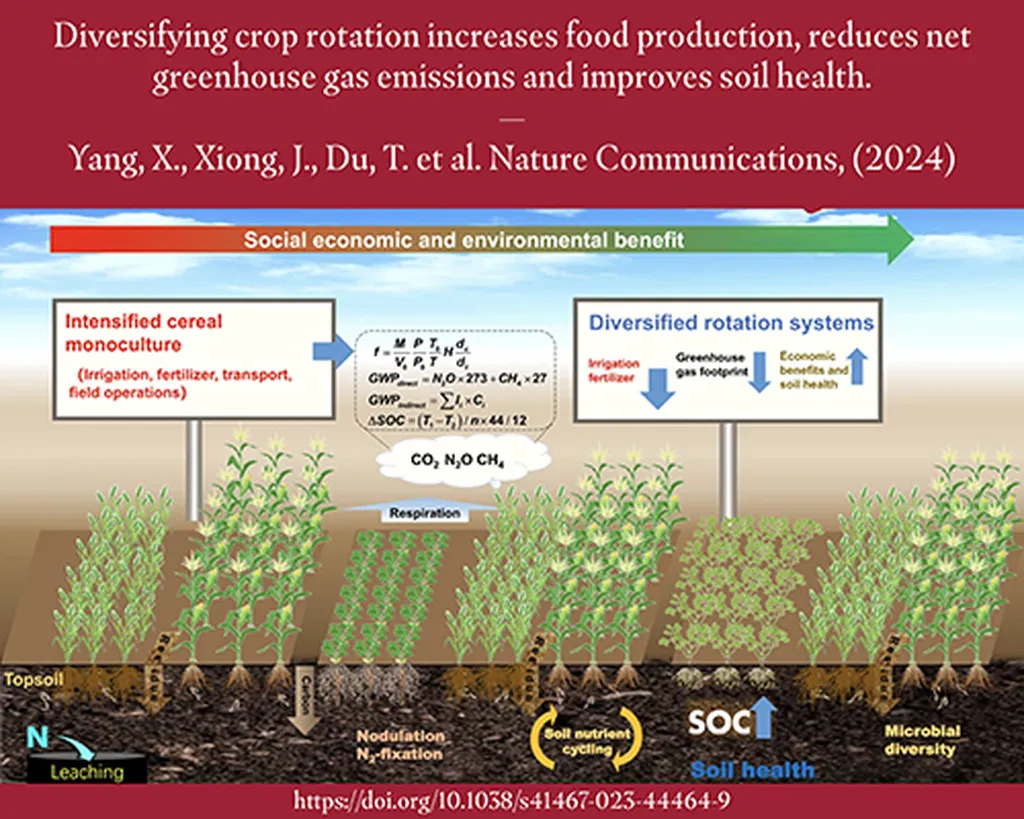In the evolving landscape of agriculture, a new study is shedding light on the often-overlooked social dynamics that underpin regenerative agriculture (RA). Published in *Discover Agriculture*, the systematic review led by Bebyka Gaspar from the Faculty of Bioscience Engineering at Ghent University, delves into the role of social capital in fostering and sustaining regenerative practices. The findings could reshape how we approach agricultural transitions, with significant implications for the sector’s future.
Regenerative agriculture, with its promise of improved soil health, biodiversity, and resilience, has captured global attention. Yet, the majority of research has focused on its biophysical benefits, leaving the social and relational aspects relatively unexplored. Gaspar’s review aims to bridge this gap by synthesizing recent research on how trust, networks, knowledge exchange, and collective action facilitate the adoption and persistence of RA practices.
From an initial pool of approximately 400 peer-reviewed articles, 43 studies met the criteria for detailed analysis. These studies reveal compelling patterns and insights. For instance, knowledge exchange and learning systems emerged as crucial dimensions of social capital, enabling farmers to share best practices and innovate collectively. “When farmers can learn from each other and build on shared experiences, they are more likely to adopt and adapt regenerative practices,” Gaspar notes.
The review also highlights the importance of community building and collective identity. Strong social bonds and a shared sense of purpose can foster resilience, making communities more adaptable to challenges such as climate change and market fluctuations. Trust and relationship quality were identified as foundational elements, facilitating collaboration and reducing transaction costs.
Moreover, the study explores how RA intersects with related paradigms like agroecology, organic farming, and sustainable agriculture. While social capital is increasingly acknowledged, its integration into RA policy and research remains inconsistent. To address this, Gaspar proposes a structured framework that organizes the role of social capital into five interconnected dimensions: knowledge exchange and learning systems, community building and collective identity, trust and relationship quality, participation, and organizational networks.
This framework offers a transferable basis for guiding future research, practice, and policy design. By highlighting the multidimensional ways social relations shape regenerative transitions, the study provides a roadmap for stakeholders to harness the power of social capital. “Understanding and leveraging social capital can enhance the effectiveness of RA initiatives, making them more inclusive, resilient, and sustainable,” Gaspar explains.
The commercial impacts of this research are profound. For the agriculture sector, investing in social capital can lead to more cohesive and innovative farming communities, ultimately driving productivity and sustainability. Policymakers, researchers, and practitioners can use this framework to design interventions that foster collaboration, knowledge sharing, and collective action. By doing so, they can accelerate the transition to regenerative agriculture, benefiting both farmers and the environment.
As the agricultural sector grapples with the challenges of climate change, resource depletion, and market volatility, this research offers a timely and valuable perspective. By recognizing the pivotal role of social capital, stakeholders can create more robust and adaptive systems, ensuring a sustainable future for agriculture.

